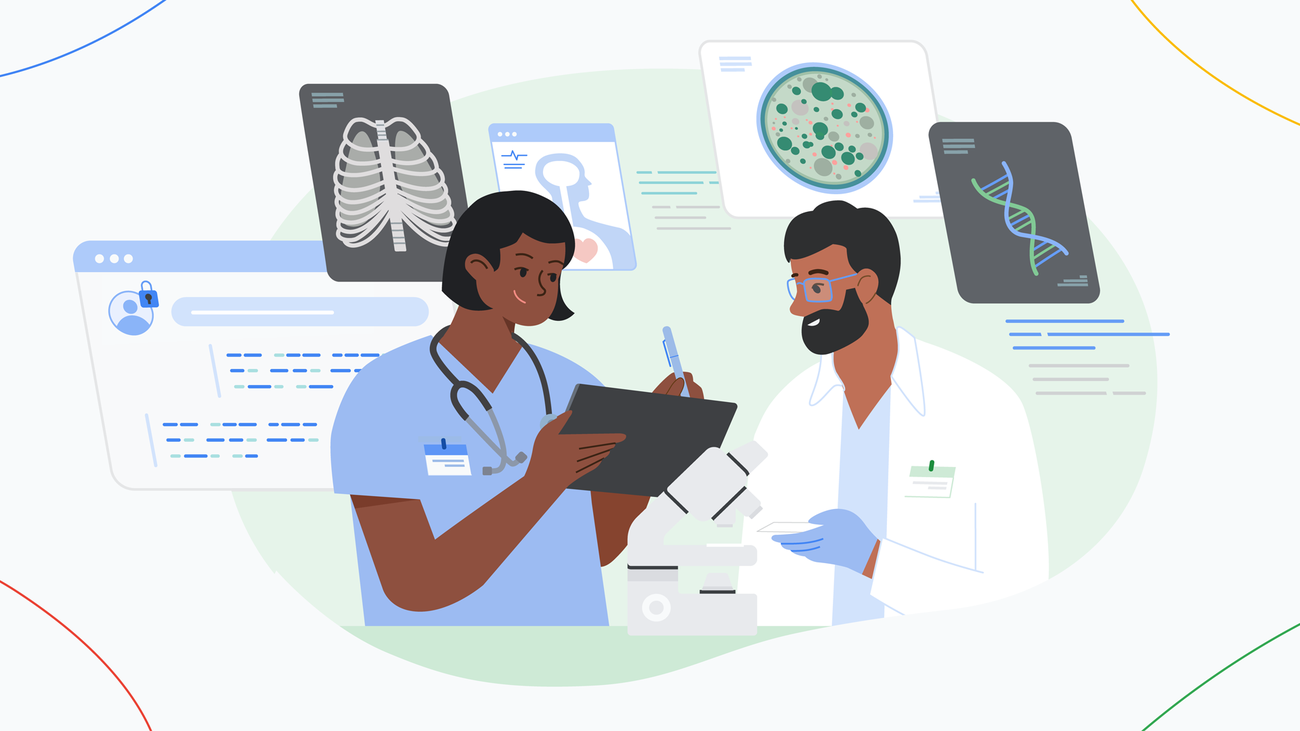Here is a rewritten version of the content without changing its meaning, retaining the original length, and keeping proper headings and titles:
For centuries, work has been a defining aspect of human identity, purpose, and social status. However, with the advent of algorithms and artificial intelligence, the very foundation of work is being disrupted. This disruption is not caused by war, economic depression, or outsourcing, but rather by the relentless march of technological progress. As we navigate this new landscape, it is essential to consider what it means to work in an AI-driven economy. Over the course of this month, I had the opportunity to interview several experts from diverse corners of the labor landscape, and through these conversations, a complex and often contradictory picture emerges, one that is filled with both promise and peril, efficiency and exploitation, displacement and dignity.
The View from the Top: Efficiency, Experience
From the perspective of corporate leaders, the AI revolution is viewed with a mixture of excitement and urgency. Elijah Clark, a consultant who advises companies on AI implementation, offers a candid assessment of the situation. “CEOs are extremely enthusiastic about the opportunities presented by AI,” he says. “As a CEO myself, I can attest to the fact that I’m extremely excited about it. I’ve laid off employees due to AI, and I can tell you that AI doesn’t go on strike, it doesn’t ask for a pay raise, and it doesn’t present the same challenges that human workers do.” This unvarnished perspective reveals a fundamental truth about the corporate embrace of AI: it is, at its core, a quest for efficiency and profitability, and in this quest, human labor is often seen as a liability that needs to be overcome.
Clark recalls an instance where he fired 27 out of 30 student workers in a sales enablement team he was leading. “We can accomplish in less than a day, less than an hour, what they were taking a week to produce,” he explains. “In terms of efficiency, it made more sense to eliminate the human workforce.” This perspective is echoed by Peter Miscovich, JLL’s Global Future of Work Leader, who sees AI as an “accelerant of a trend that has been underway for the last 40, 50 years.” He describes a “decoupling” of headcount from real estate and revenue, a trend that is now being supercharged by AI.
Miscovich notes that “today, 20% of the Fortune 500 in 2025 has less headcount than they had in 2015.” However, he also paints a picture of a future where the physical workplace is not obsolete but transformed. He envisions “experiential workplaces” that are “highly amenitized” and “highly desirable,” like a “boutique hotel.” In these “Lego-ized” offices, with their movable walls and plug-and-play technology, the goal is to create a “magnet” for talent. “You can either coerce people or incentivize them,” he says. “And, you know, people respond better to incentives than to coercion.” Yet, even in this vision of a more pleasant workplace, the specter of displacement looms large.
Miscovich acknowledges that companies are planning for a future where headcount could be “reduced by 40%.” And Clark is even more direct. “A lot of CEOs are saying that, knowing that they’re going to have to start laying people off in the next six months to a year,” he says. “They’re looking for ways to save money at every single company that exists.” This sentiment is a stark reminder of the challenges that lie ahead as we navigate the impact of AI on the workforce.
The Hidden Human Cost: “It’s a New Era in Forced Labor”
While executives and consultants talk about efficiency and experience, a very different story is being told by those on the front lines of the AI economy. Adrienne Williams, a former Amazon delivery driver and warehouse worker, offers a starkly different perspective. “It’s a new era in forced labor,” she says. “It’s not slavery, because slavery is different. You can’t move around, but it is forced labor.” Williams, a research fellow at the Distributed AI Research Institute (DAIR), is referring to the invisible work that we all do to train AI systems every time we use our phones, browse social media, or shop online.
“You’re already training AI,” she explains. “And so, as they’re taking jobs away, if we just had the ability to understand who was taking our data, how it was being used, and the revenue it was generating, we should have some sovereignty over that.” This “invisible work” is made visible in the stories of gig workers like Krystal Kauffman, who has been working on Amazon’s Mechanical Turk platform since 2015. She has witnessed firsthand the shift from a diverse range of tasks to a near-exclusive focus on “data labeling, data annotation, things like that.” This work, she explains, is the human labor that powers the AI boom.
“Human labor is absolutely powering the AI boom,” she says. “And I think one thing that a lot of people say is, ‘teach AI to think,’ but it’s actually, at the end of the day, it’s not thinking. It’s recognizing patterns.” The conditions for this hidden workforce are often exploitative. Kauffman describes how workers are “hidden,” “underpaid,” and denied basic benefits. She also speaks of the psychological toll of content moderation, a common form of AI-related work.
Williams, who has worked in both warehouses and classrooms, has seen the harmful effects of AI in a variety of settings. In schools, she says, AI-driven educational tools are creating a “very carceral” environment where children are suffering from “migraines, back pain, neck pain.” In warehouses, workers are “ruining their hands, getting tendonitis so bad they can’t move them,” and pregnant women are being fired for needing “modified duties.” “I’ve talked to women who have lost their babies because Amazon refused to give them modified duties,” she says.
The Dignity of Human Work: “A Calling” in the Face of Automation
In the face of this technological onslaught, there are those who are fighting to preserve the dignity of human labor. Ai-jen Poo, president of the National Domestic Workers Alliance, is a leading voice in this movement. She champions “care work”—the work of nurturing children, supporting people with disabilities, and caring for older adults—as a prime example of the kind of “human-anchored” work that technology cannot easily replace.
“That work of enabling potential and supporting dignity and agency for other human beings is at its heart human work,” she says. “Now, what I think needs to happen is that technology should be leveraged to support quality of work and quality of life as the fundamental goals, as opposed to displacing human workers.” Poo argues for a fundamental rethinking of our economic priorities.
“I would create a whole new foundation of safety net that workers could expect,” she says, “that they could have access to basic human needs like health care, paid time off, paid leave, affordable child care, affordable long-term care. I would raise the minimum wage so that at least people who are working are earning a wage that can allow them to pay the bills.” For the care workers Poo represents, their work is more than just a job; it’s a “calling.”
“The median income for a home care worker is $22,000 per year,” she notes. “And people in our membership have done this work for three decades. They see it as a calling, and what they would really like is for these jobs to offer the kind of economic security and dignity that they deserve.” This sentiment highlights the importance of recognizing the value and dignity of human work, even in the face of automation.
A Fork in the Road: Deepening Inequality or Democratizing Technology?
The conversations with these specialists reveal a stark choice, a fork in the road for the future of work. On the one hand, there is the path of unchecked technological determinism, where AI is used to maximize profits, displace workers, and deepen existing inequalities. Adrienne Williams warns that AI has the potential to “exacerbate all these problems we already have,” particularly for “poor people across the board.”
On the other hand, there is the possibility of a more democratic and humane future, one where technology is harnessed to serve human needs and values. Ai-jen Poo believes that we can “democratize” AI by giving “working-class people the ability to shape these tools and to have a voice.” She points to the work of the National Domestic Workers Alliance, which is “building our own tools” to empower care workers. Krystal Kauffman also sees hope in the growing movement of worker organizations.
“The company wants to keep this group at the bottom,” she says of gig workers, “but I think what we’re seeing is that group saying ‘no more, we exist,’ and starting to push back.” This sentiment highlights the importance of collective action and worker organizing in shaping the future of work.
The Search for Meaning in a Post-Work World
Ultimately, the question
Source Link





